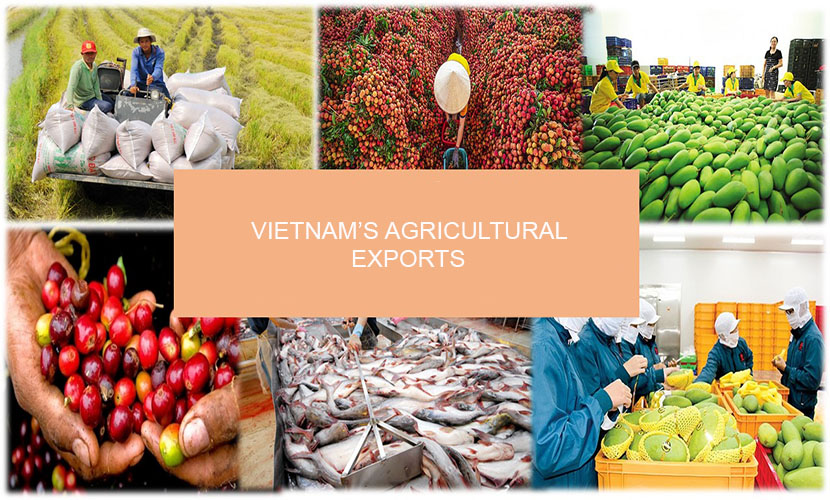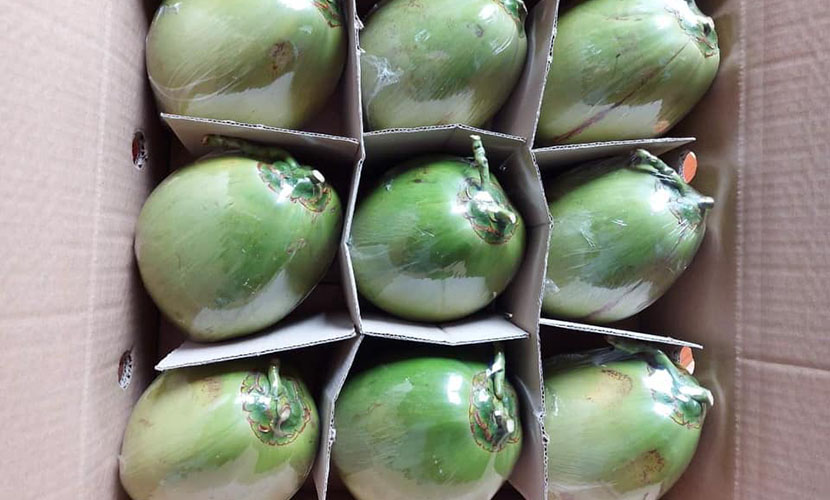
In 2024, Vietnam’s agricultural exports reached $62.5 billion. Therefore, Vietnam has been one of the top ten agricultural exporters in the world. To maintain this position, Vietnam needs to continue innovating its growth model and upgrading its value chains. At the same time, Vietnam should adapt to the increasingly stringent requirements of global markets.
In the first nine months of 2025, Vietnam has been facing continuous challenges from tariff and technical barriers from major import markets. Also, Vietnam has severely been impacted by natural disasters. However, Vietnam’s agricultural exports still recorded impressive results, with total turnover reaching $52.31 billion. In comparison to 2024, they showed an increase of 14% in the value.

Vietnam’s agricultural exports
Science and technology are not only a driving force but also a key factor for sustainable agricultural development. Alongside structural transformation toward greater processing, many technological advancements have directly reduced post-harvest losses by 5–10%. In addition, they ensured more consistent quality in line with international standards.
The mechanization rate for land preparation has exceeded 95%. Meanwhile, applications of drones, artificial intelligence, and robotics have begun entering production, helping to increase productivity and reduce costs.

Vietnamese tea exports
However, Vietnam’s agricultural exports has still faced challenges in the production process. They included uneven application of high technology, high post-harvest losses in fruits, vegetables, and seafood. Also, another challenge was lack of synchronization in mechanization across different stages. Finally, the small scale with weak value chain linkages is popular for many processing enterprises.
In response, the Ministry of Agriculture and Environment has outlined five key solution groups:
Completing the institutional framework to encourage research, development, and technology transfer
Developing regional innovation hubs that connect research institutes, universities, and enterprises
Expanding international cooperation in deep processing, smart logistics, and mechanization
Promoting the socialization of research
Building high-tech, transparent value chain models.
One important point to note is the rapid development of “green standards” from the demanding markets. Therefore, it will create pressure but also opportunities to upgrade product value, if businesses proactively transform.

Vietnamese coconut exports
Experts has affirmed that the circular economy brings multi-dimensional benefits. However, at present, circular economy models are mainly found in large enterprises and have yet to form comprehensive value chain linkages. Research, technology transfer, and scientific investment remain limited.
To ensure sustainable exports, many Vietnamese agricultural exporters have proactively applied technology and penetrated demanding markets with strict technical and quality requirements. In parallel, numerous businesses are restructuring and building green agricultural value chain strategies, specializing in each link. Thereby, they can take control of quality and traceability to meet high-end market demands.
However, applying technology is not easy for many businesses. Numerous challenges still require government and ministerial-level intervention. Enterprises recommend that the government invest in infrastructure, such as dry ports, smart cold storage. Meanwhile, businesses focus on technology, management, trade promotion, and building a national brand for key agricultural products.
Vietnamese source: https://kinhtedothi.vn/giu-vi-the-xuat-khau-nong-san-viet-tren-thi-truong-quoc-te.870479.html
